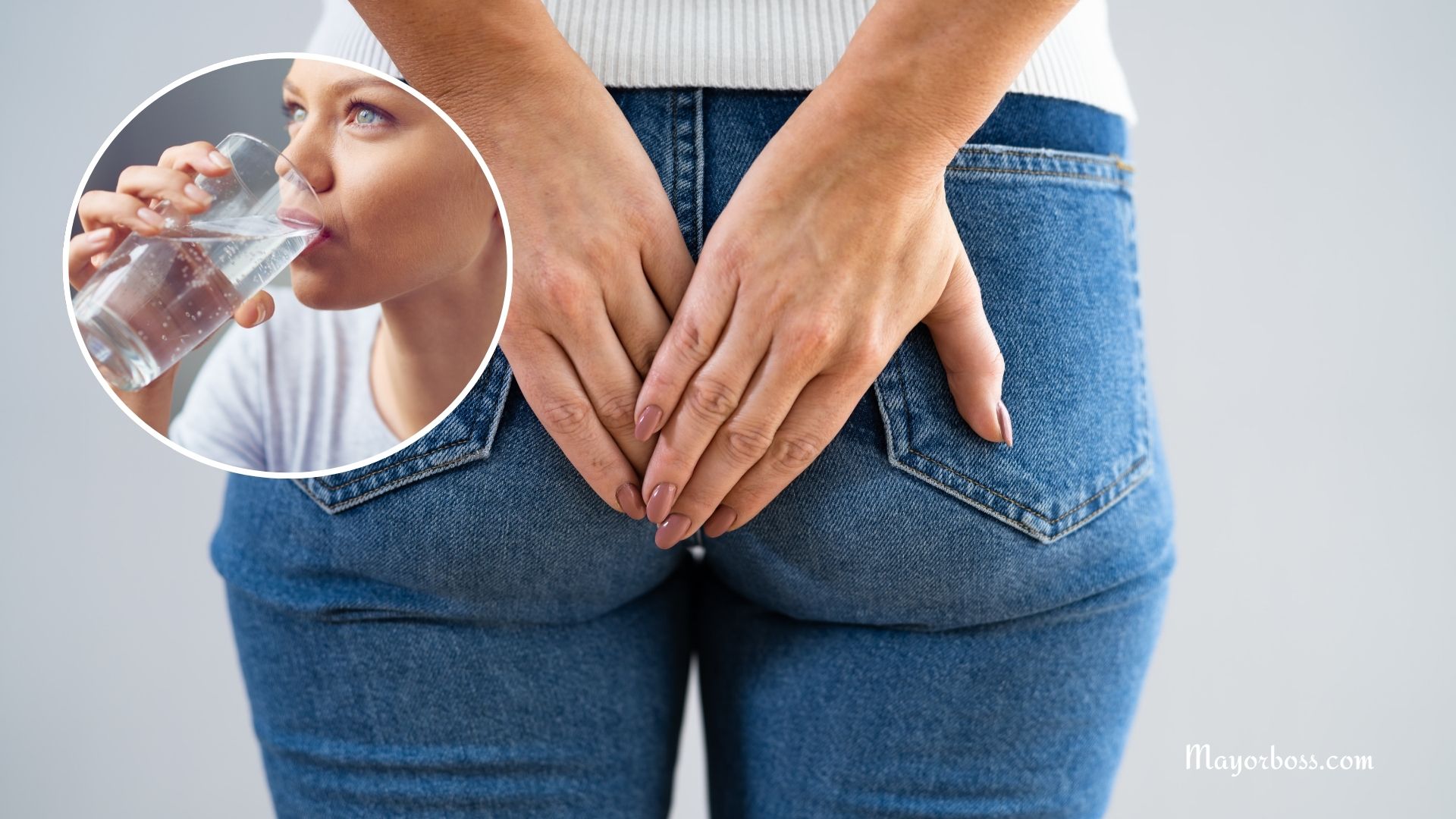Daily Habits That Can Reduce Anal Swelling and Discomfort
A swollen anus usually reflects extra force on veins and skin surrounding the rectum. Constipation, heavy lifting, pregnancy, extended sitting, anal intercourse and chronic coughing are among the most common causes of anal swelling. Inflammatory bowel disease, infections, hemorrhoids, anal fissures, fistulas and allergic reactions to personal care products can also cause swelling.
Recognizing your personal trigger list helps you choose the correct habits. For example, if hard stools create pain, focus first on hydration and fiber. If long desk work leaves you sore, integrate movement breaks.

Keep Stools Soft and Steady
Hard, dry waste scrapes tissue and stretches veins during exit. Soft, bulky stool glides out with minimal strain.
- Hydrate throughout the day. A simple rule—sip at least two liters of fluid, favoring water and herbal teas.
- Eat fiber-rich foods. Whole grains, beans, nuts, seeds, fruit, and vegetables provide soluble and insoluble fiber that holds water like a sponge. Adults need around 25–30 grams every twenty-four hours.
- Add fiber slowly. Rapid changes can create gas and cramping. Increase intake by a few grams every week.
- Consider a psyllium supplement if food alone falls short. Mix powder with water and drink promptly.
- Stay active. Movement keeps digestion—and bowel movements—on schedule.
Respond Promptly to the Urge
Ignoring nature’s signal allows the colon to reclaim water, leaving the stool tougher. Waiting also forces extra pushing later, which enlarges anal veins. When you feel the need, excuse yourself and go. If nothing happens within five minutes, stand, walk, and try again later.
Minimize Straining on the Toilet
Prolonged sitting bends the anorectal angle and compresses blood vessels. A small footstool under your feet raises knees above hips, straightening that angle and easing passage. Another tip—keep reading material out of the bathroom to discourage lingering.
Practice Gentle Hygiene
Harsh wiping irritates already sensitive skin.
- Wash with warm water using a handheld shower, peri-bottle, or bidet seat.
- Pat dry with unscented tissue or a soft towel. Never scrub.
- Skip perfumed soaps and alcohol-based wipes; they strip protective oils.
- Apply a thin coat of petroleum jelly or zinc oxide afterward to create a soothing barrier.
Choose Breathable Clothing
Synthetic, tight garments trap moisture and heat, fueling irritation. Cotton underwear breathes, while loose-fitting pants reduce friction. During workouts, moisture-wicking athletic gear helps keep the area dry.
Move Your Body Each Day
Regular physical activity encourages healthy blood flow, supports weight control, and keeps bowels mobile. Aim for at least half an hour of moderate exercise—brisk walking, swimming, cycling, or yoga—on most days. If employment demands extended sitting, schedule a standing stretch every hour.
Try Warm Sitz Baths
Soaking the perineal area in warm water relaxes muscles and improves circulation. Fill a shallow basin or bathtub with water close to body temperature, then sit for ten to fifteen minutes. Repeat two or three times daily during flare-ups. Afterward, pat dry and reapply protective ointment.
Cold Compresses for Sudden Puffiness
When swelling peaks, a cold pack wrapped in a thin cloth can shrink blood vessels and numb discomfort. Apply for up to ten minutes. Leave at least one hour between sessions to protect skin.
Watch Your Plate and Cup
Food and drink influence stool consistency and vascular tone. Spicy sauces, large caffeine doses, alcohol, and high-fat fast meals may intensify irritation in certain individuals. Keep a food diary for two weeks, noting symptoms. Patterns will guide personal adjustments.
Maintain a Healthy Weight
Excess abdominal fat places a persistent downward force on pelvic veins, encouraging them to enlarge. Balanced nutrition, partnered with daily activity, gradually reduces that load. Even modest weight reduction lowers pressure and improves comfort.
Protect Skin During Activities
Cycling, horseback riding, and rowing concentrate friction around the anus. Wear padded shorts, use chamois cream, and take breaks to stand. After training, shower promptly, then apply a calming moisturizer.
Manage Allergic and Skin Conditions
Eczema, psoriasis, and yeast infections can settle around the anus, triggering swelling. Fragrance-free detergents, breathable fabrics, and quick treatment of skin flare-ups limit secondary irritation. Seek a dermatologist’s guidance if redness, rash, or scaling persists.
Practice Relaxation for Pelvic Floor Health
Stress makes muscles in the pelvic floor tighten unconsciously. Sustained tension limits healthy blood flow and can worsen swelling. Deep breathing exercises, guided imagery, and gentle stretches encourage those muscles to relax. Try diaphragmatic breathing for five minutes twice daily: breathe in through the nose, let the abdomen rise, hold for a count of two, then exhale slowly through pursed lips. Calm breathing not only steadies nerves but also reduces pressure around tender veins.
When Professional Care Is Essential
Home strategies cover mild cases, yet timely medical review prevents complications. Contact a clinician if you notice:
- Bright red bleeding that continues beyond two days.
- Severe, throbbing pain.
- A lump that remains despite one week of self-care.
- Fever, chills, or pus—possible infection signals.
Treatment options range from prescription creams and suppositories to in-office procedures such as rubber-band ligation or infrared coagulation, depending on the diagnosis.
